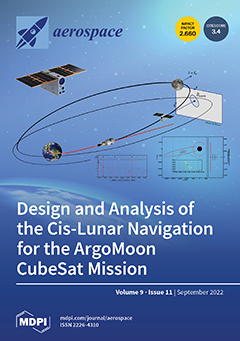Open AccessArticle
Venus Life Finder Habitability Mission: Motivation, Science Objectives, and Instrumentation
by
Sara Seager, Janusz J. Petkowski, Christopher E. Carr, Sarag J. Saikia, Rachana Agrawal, Weston P. Buchanan, David H. Grinspoon, Monika U. Weber, Pete Klupar, Simon P. Worden, Iaroslav Iakubivskyi, Mihkel Pajusalu, Laila Kaasik and on behalf of the Venus Life Finder Mission Team
Cited by 6 | Viewed by 3178
Abstract
For over half a century, scientists have contemplated the potential existence of life within the clouds of Venus. Unknown chemistry leaves open the possibility that certain regions of the Venusian atmosphere are habitable. In situ atmospheric measurements with a suite of modern instruments
[...] Read more.
For over half a century, scientists have contemplated the potential existence of life within the clouds of Venus. Unknown chemistry leaves open the possibility that certain regions of the Venusian atmosphere are habitable. In situ atmospheric measurements with a suite of modern instruments can determine whether the cloud decks possess the characteristics needed to support life as we know it. The key habitability factors are cloud particle droplet acidity and cloud-layer water content. We envision an instrument suite to measure not only the acidity and water content of the droplets (and their variability) but additionally to confirm the presence of metals and other non-volatile elements required for life’s metabolism, verify the existence of organic material, and search for biosignature gases as signs of life. We present an astrobiology-focused mission, science goals, and instruments that can be used on both a large atmospheric probe with a parachute lasting about one hour in the cloud layers (40 to 60 km) or a fixed-altitude balloon operating at about 52 km above the surface. The latter relies on four deployable mini probes to measure habitability conditions in the lower cloud region. The mission doubles as a preparation for sample return by determining whether a subset of cloud particles is non-liquid as well as characterizing the heterogeneity of the cloud particles, thereby informing sample collection and storage methods for a return journey to Earth.
Full article
►▼
Show Figures





